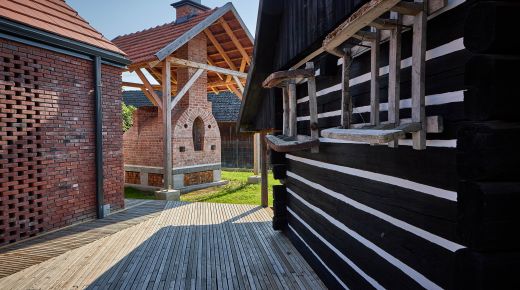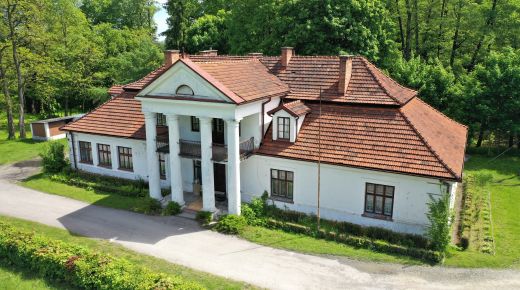Markowa originally named Markof, was established in the 1300s. Starting from the 15th century, Markowa was owned by the families of Pilecki, Stadnicki, Korniakt, Lipski, Bratkowski and Lubomirski. Some researchers consider Markovian to be a model of village representation the culture of the Rzeszowiak people
Of particular notice here is the open-air museum with a typical Markowa-style croft. Visitors can see here seven fully furnished buildings: rich peasant’s timber-frame house from 1874, stable from a peasant’s homestead from the late 1800s, barn with a garage from the late 19th, granary from the 1800s, post mill from the 20th century, poor peasants’ hut with a pigsty as well as beehives with thatched roofs and a shadoof typically used by people of Markowa. Inside the cottages feature late 19th century furnishings.
Read more about the attraction on the Wooden Architecture Route website
Worth seeing:
open-air museum with a typical Markowa-style croft,
- statue in memory of the Ulma family who helped Jews during WWII,
- neo-Gothic church of St. Dorothy built in 1910,
- shrine of St. John of Nepomuk,
- rectory from the second half of the 1800s,
- wooden houses from the 1800s.
Photo: Mateusz Gański



